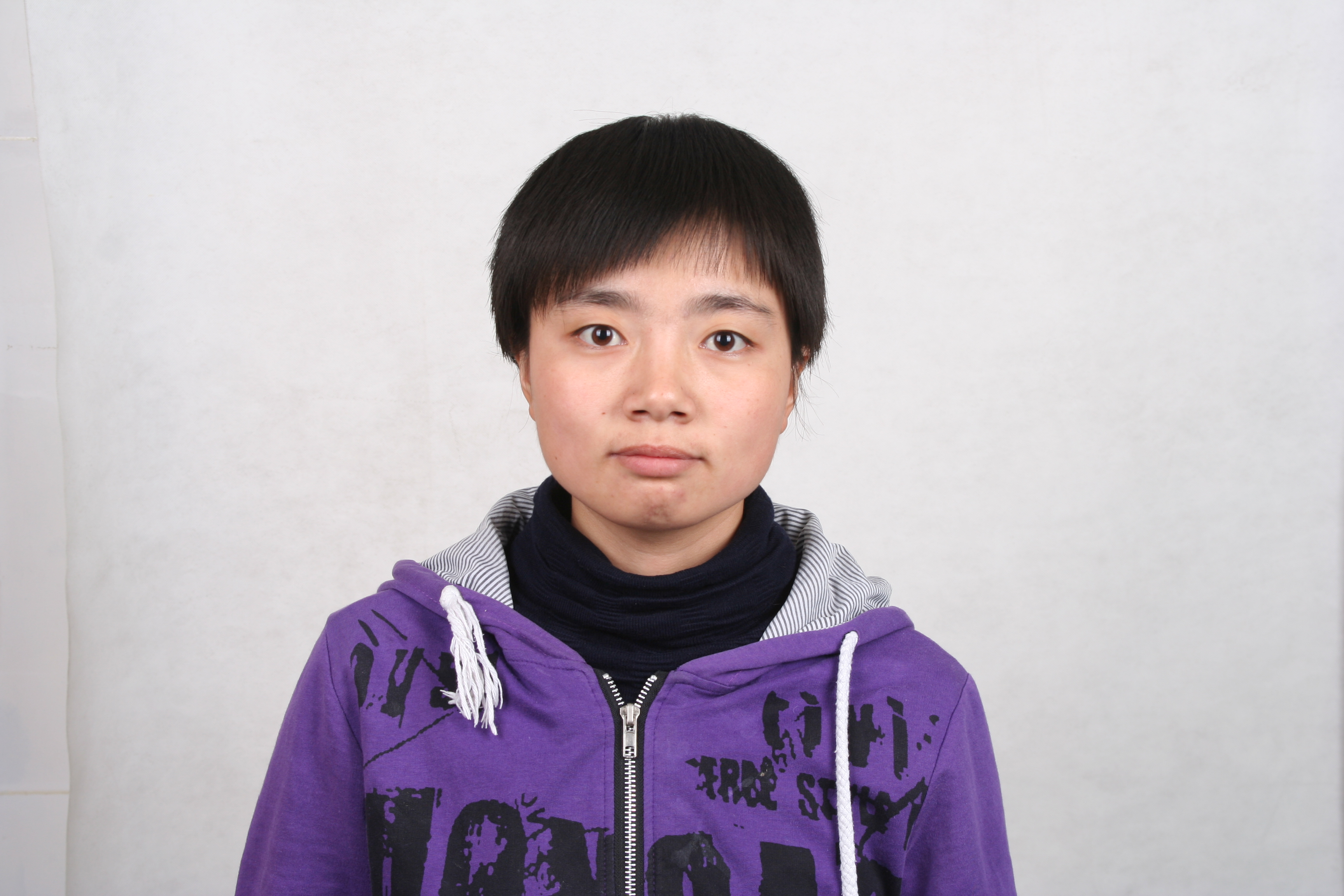
搜索网站、位置和人员

新闻与活动 活动信息
Physics Seminar | Static Auxiliary Field Monte Carlo in Unconventional Superconductivity
时间
2024年5月7日(周二)
下午16:00-17:30
地点
西湖大学云谷校区E4-233
主持
西湖大学理学院吴从军讲席教授
受众
全体师生
分类
学术与研究
Physics Seminar | Static Auxiliary Field Monte Carlo in Unconventional Superconductivity
Title: Static Auxiliary Field Monte Carlo in Unconventional Superconductivity
Time: 4:00-5:30 PM, Tuesday, May 7th, 2024
Venue: E4-233, Yungu Campus
Host: Chair Professor Congjun Wu School of Science, Westlake University
Speaker: Qiong Qin, PHD student, Institute of Physics, Chinese Academy of Sciences

主讲人简介/Biography:
Qiong Qin is currently a PHD student at the Institute of Physics, Chinese Academy of Sciences, under the guidance of Professor Yi-feng Yang. Prior to this, she earned her bachelor's degree in mathematics and applied mathematics from University of Chinese Academy of Sciences. Her research primarily revolve around unconventional superconductivity and the static auxiliary field Monte Carlo method.
讲座摘要/Abstract:
The exploration of unconventional superconducting pairing mechanisms stands as a paramount challenge in contemporary physical research. While various methods effectively describe pairing symmetries, accurately calculating the superconducting transition temperature remains difficult. Addressing this challenge, we employed the static auxiliary field Monte Carlo method to simulate the pairing field, thereby delving into the pairing mechanisms within nickelates and cuprates. Our investigation delved into superconductivity fluctuations in overdoped cuprates using phase mutual information and spectral analysis, yielding results that align closely with experimental observations. Furthermore, our research unveiled a strong-coupling charge-4e plaquette pairing state, showing distinctive characteristics such as time-reversal symmetry breaking and a potentially insulating normal state. Additionally, our numerical simulations not only confirmed the high-temperature superconducting mechanism by mobilizing local spin singlets but also predicted the pairing symmetry and potential pathways to enhance the transition temperature in nickelates. Lastly, our simulations across numerous quasi-two-dimensional effective models identified an intrinsic constraint on the superconducting transition temperature linked to spin interactions. This constraint has been successfully applied in diverse unconventional superconductors such as cuprates, nickelates, heavy fermions, and iron-based superconductors, indicating that achieving room temperature superconductivity at ambient pressure is unlikely.
讲座联系人/Contact:
理学院,张老师,zhangyue62@westlake.edu.cn

















